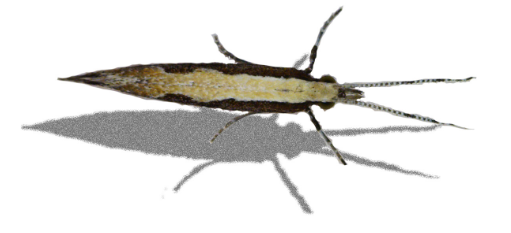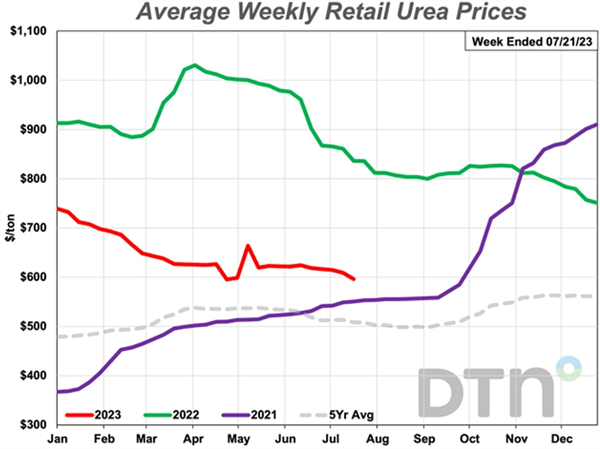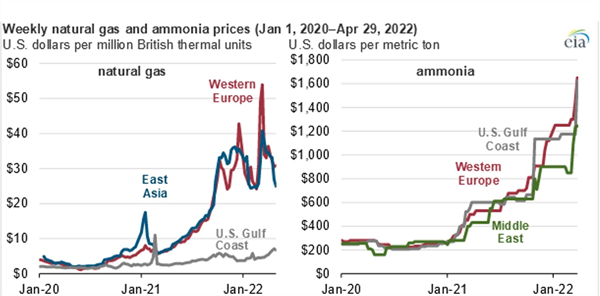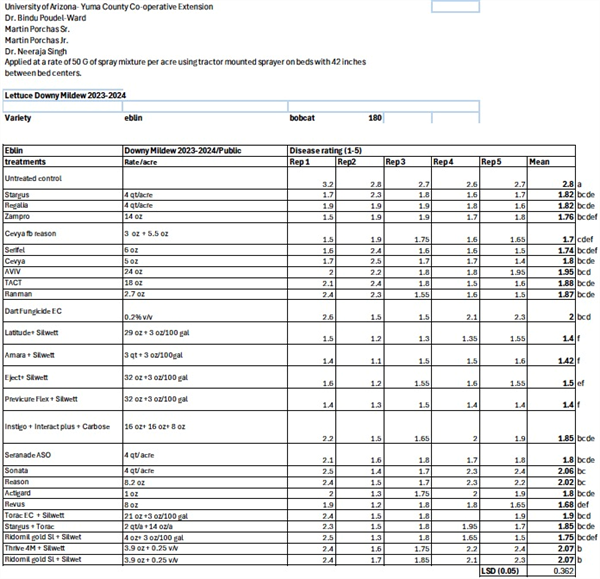-
Sep 20, 2017Bagrada Bug Management on Fall Brassicas 2017Adults generally begin to appear on direct seeded fields and transplants in early September. Trials conducted on untreated broccoli plots at YAC have shown that mid-September has historically been the time that bagrada begin to show up in large numbers; peak abundance of bagrada bug has occurred from late September to early October (see graphs below). However, there has been a trend of lower bagrada bug abundance since 2012, and last fall was the lightest we’ve recorded bagrada populations since we started tracking them in 2010. Reports of bagrada in commercial cole crops are beginning to trickle in from PCAs, albeit very few and light numbers. Similarly reports out of Imperial Valley and Coachella suggest that populations are light there as well. We have been finding adults and damage on direct seeded broccoli for a week or so at the Yuma Ag Center, but numbers have not exceeded the action threshold yet (>5% of plants with fresh feeding signs). So, what should a PCA expect for this season? Can’t say for sure, but here are a few management tips to consider. (1) When monitoring for bagrada bugs PCAs should focus on fresh feeding signs on new plant tissue, and adults later in the day when they are most active. (2) Direct-seeded and transplanted crops are susceptible to bagrada bug infestations during stand establishment and up to the 6-leaf stage. (3) We recommend that control should be initiated immediately if you can readily find 5% or more of plants with feeding signs. This can include chemigation or aerial applications with pyrethroids. Contact insecticides such as pyrethroids, Lannate, and Lorsban should be used once stands are lined out and pipe is pulled. After stands are established and plant size increases up to the 2 leaf stage, or on tagged transplants, consider alternating to dinotefuron (Venom/Scorpion) for protecting plants from bagrada feeding. This neonicotinoid will also provide knockdown of adult whiteflies and nymphs. (4) Also, growers who planted Nipsit (clothianidin), should begin to closely monitor for fresh feeding damage around 14 days after emergence. More information on bagrada bug management on fall cole crops can be found in: Bagrada Bug Management Tips for the Low Desert-2017.

Diamondback Moth Update
Diamondback moth continues to show up throughout the Yuma area. Our trapping network indicates that adult activity peaked in the Texas Hill-Tacna-Roll area last week, and remains high in some location in Wellton-Dome Valley (See DBM Trap Network). Activity adult is lower in the Gila and Yuma Valleys. One thing I’ve learned about this pest is where there are adults in the field, eggs are soon to follow. Consequently, larvae are beginning to show up in fields throughout the area on organic cauliflower transplants, on transplanted cabbage and cauliflower that has not been treated with the Verimark tray drench, and on direct-seeded broccoli and kale. At the Yuma Ag Center, I can easily find DBM eggs, mines and larvae on the cotyledons and first leaves of direct seed broccoli (seeDBM Mines and Larvae on Broccoli). I don’t remember finding DBM this abundant so early in the fall before; last year we couldn’t find DBM on direct seeded plants until January. We have been collecting larvae from local fields to establish lab colonies that will be bioassayed for insecticide resistance. If you know of local fields infested with larvae (before they are treated), we would really like to collect some of the larvae for future lab studies. Furthermore, we will be starting efficacy trials in the next few days to determine whether the key insecticides used in DBM larval control (including Coragen) are controlling this population. So far, reports from PCAs suggest that Entrust is providing good control of DBM larvae on organic crops, and Success and Proclaim are providing good control on conventional crops against larvae. Lannate appears to be working well against adults. Until we know more, it is recommended that PCAs avoid products containing chlorantraniliprole (Coragen, Besiege) for larval DBM control, and pyrethroids specifically for adult control. As always, we appreciate any feedback or information on the status of DBM throughout the desert area. Don’t hesitate to call us with questions, comments or complaints.
Areawide Diamondback Moth Trapping Network
In response to the recent outbreaks of Diamondback moth (DBM) , Plutella xylostella in Yuma, we have established a pheromone trap network designed to monitor the activity and movement of adult populations of DBM. PCAs have had difficulty controlling DBM in cabbage, broccoli and cauliflower since October. Traps have been placed in Roll, Wellton, Dome Valley, Gila Valley and Yuma Valley in locations where cole crops are presently being grown or in areas where infestations were known to occur this fall.
 To contact John Palumbo go to: jpalumbo@ag.Arizona.edu
To contact John Palumbo go to: jpalumbo@ag.Arizona.edu












